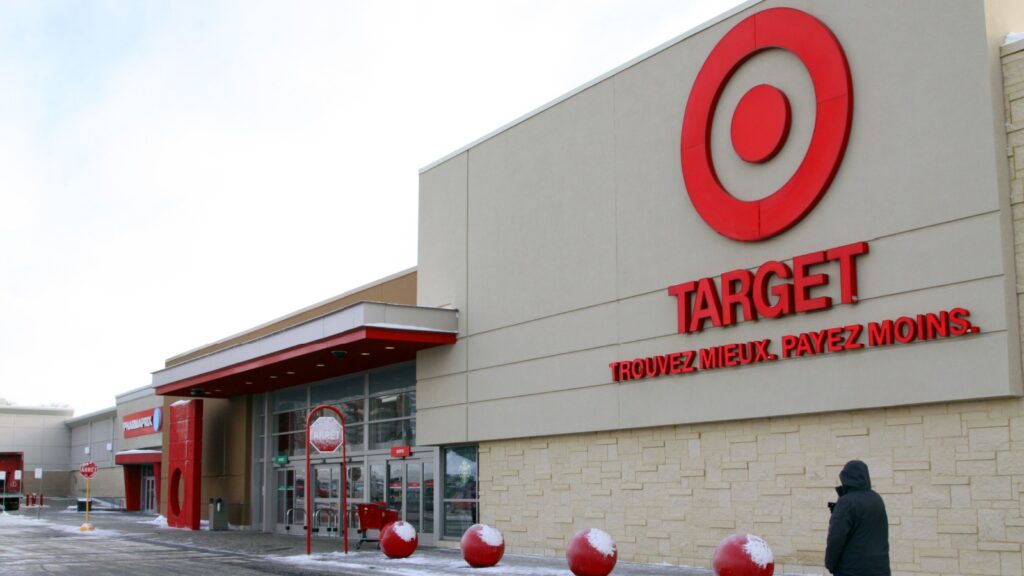When American companies cross the border into Canada, they often assume success will follow automatically, after all, both countries speak English, love coffee, and have malls. But the Canadian market has humbled many U.S. giants that underestimated the country’s smaller population, different shopping habits, and fierce local loyalty. Some couldn’t handle logistics across snowy provinces; others just priced themselves out of reach. Here are 19 American chains that failed miserably in Canada.
Target
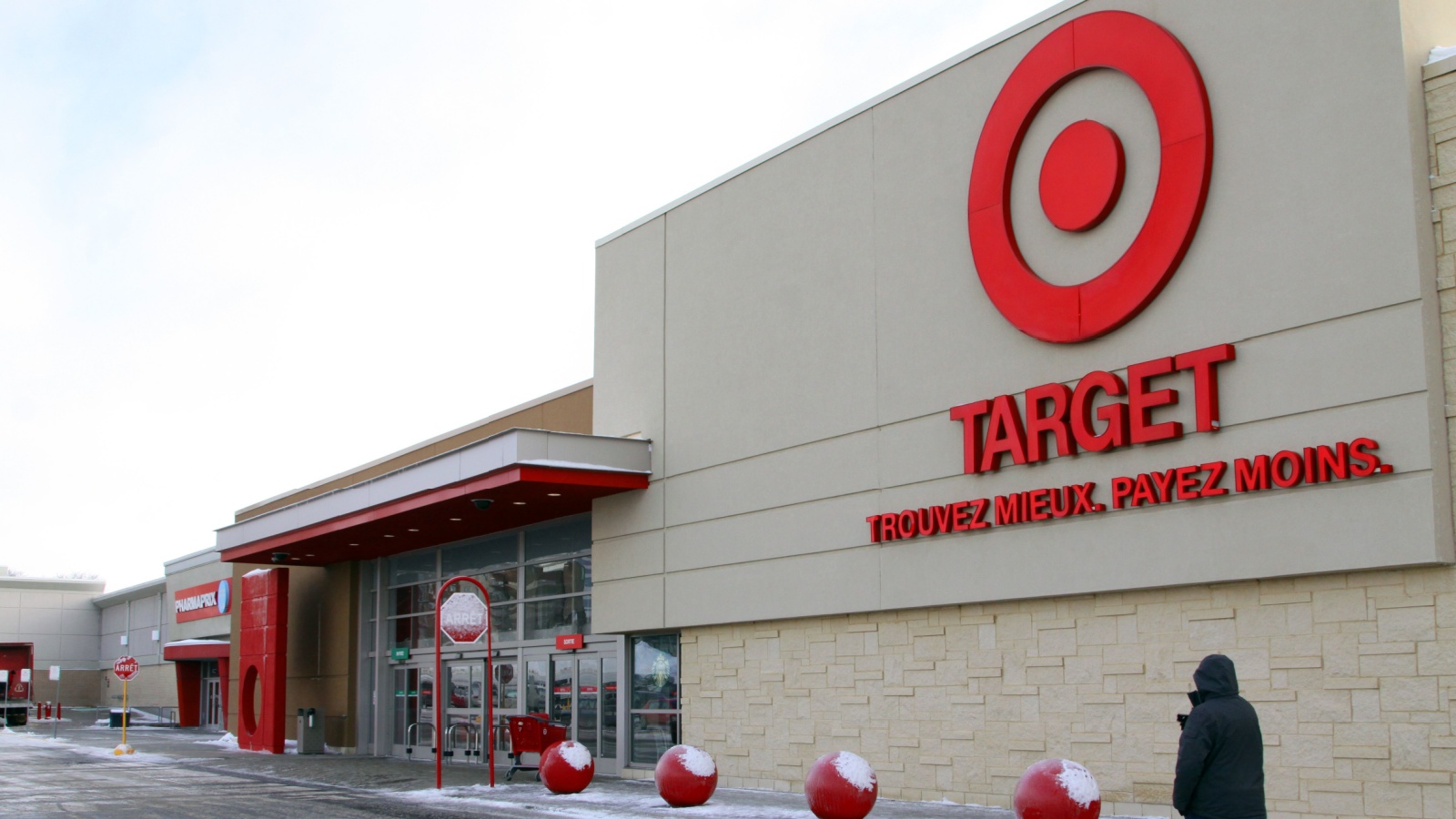
Target’s 2013 Canadian debut was one of the most anticipated retail events ever, and one of the biggest disasters. The company opened over 130 stores in record time but faced empty shelves, higher prices than U.S. shoppers expected, and clumsy supply-chain issues. Consumers who wanted “cheap chic” found empty aisles and expensive detergent instead. Within two years, Target had lost nearly $2 billion and shut down every store, leaving thousands unemployed. The brand assumed its American appeal would transfer seamlessly but misjudged Canadian spending habits, distribution logistics, and the importance of getting the basics, like stocked shelves, right.
Best Buy’s Future Shop
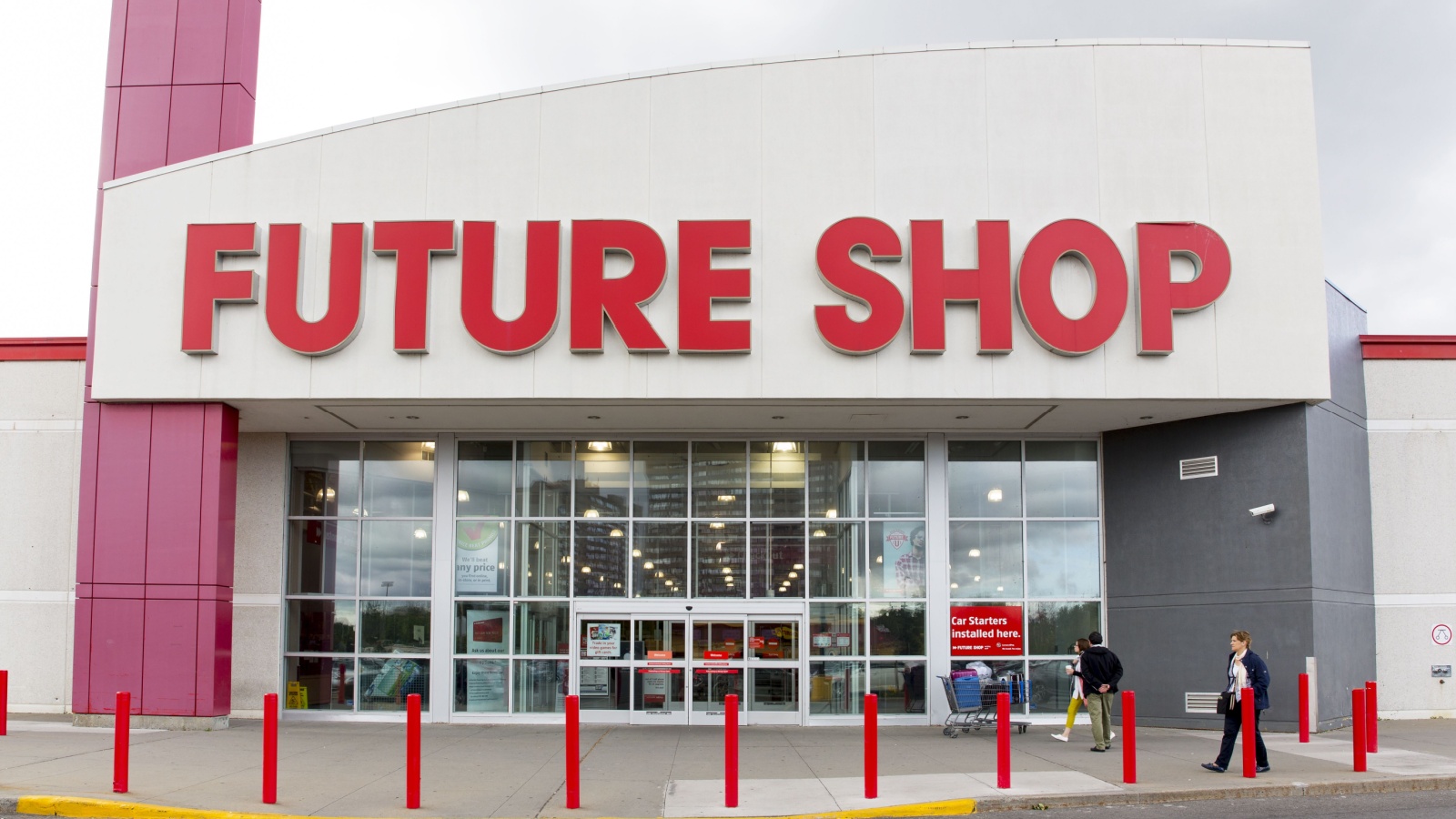
Though technically a Canadian brand acquired by Best Buy in 2001, Future Shop’s story still counts as an American misstep. Best Buy tried running both stores side by side but failed to distinguish them. The overlap confused customers and diluted brand identity. Eventually, in 2015, Best Buy shut down all 131 Future Shop locations, converting some to Best Buys and closing others entirely. The merger reflected an American corporate playbook that didn’t adapt to local loyalty; shoppers missed the familiar red logo and Canadian-focused marketing. In trying to dominate the market, Best Buy ended up shrinking it.
Sears
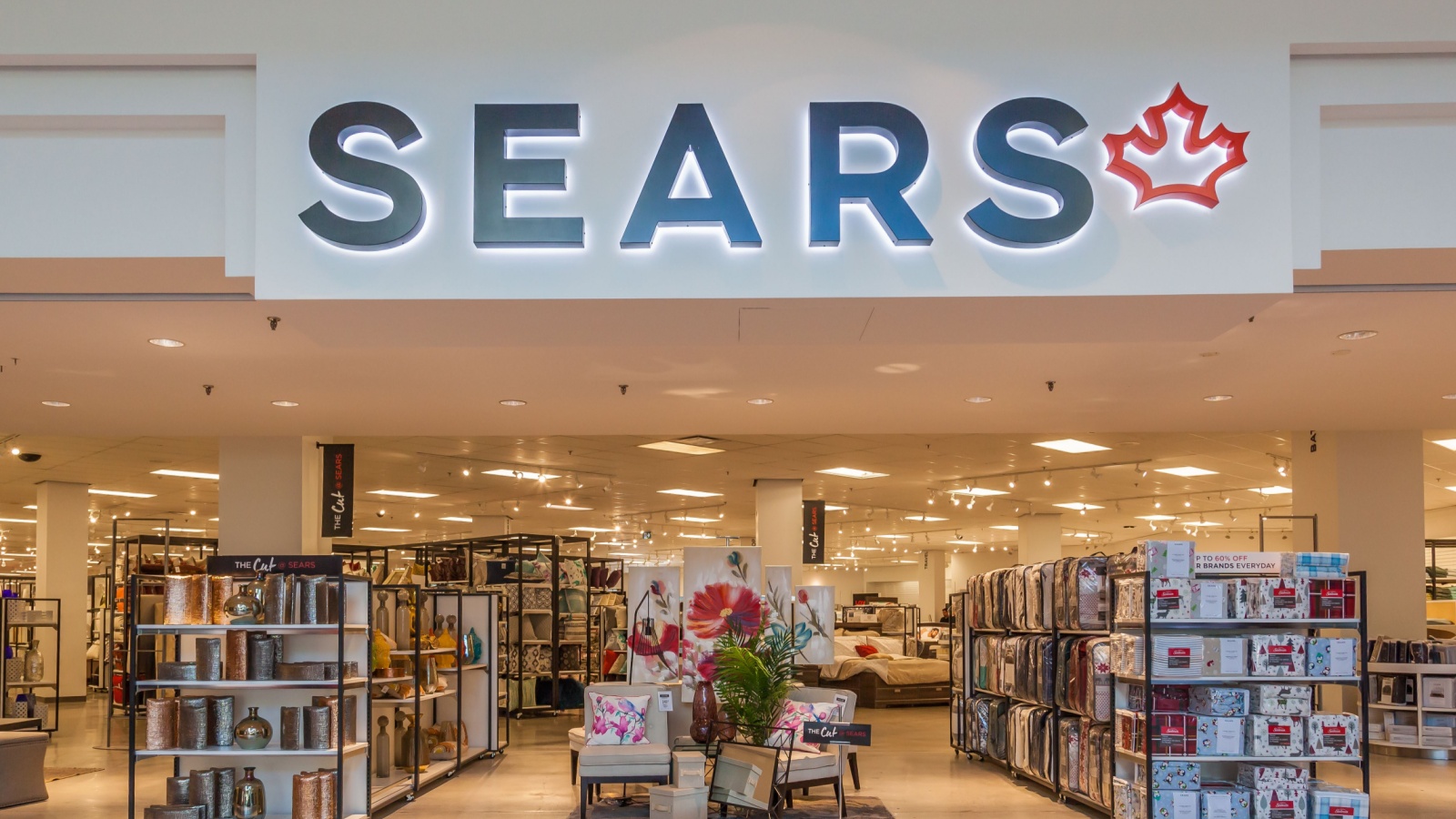
Sears was once a department store empire that shaped shopping habits across North America. But by the 2000s, its outdated catalog model and tired store layouts couldn’t compete with online retail or fresher brands like Winners and Hudson’s Bay. After years of declining profits, Sears Canada declared bankruptcy in 2017. Its American parent’s constant restructuring and lack of modernization trickled north, leaving empty anchor spaces in malls across the country. Once a go-to for appliances and back-to-school gear, Sears faded into a relic of retail nostalgia that never adapted to digital demands or changing consumer expectations.
Kmart
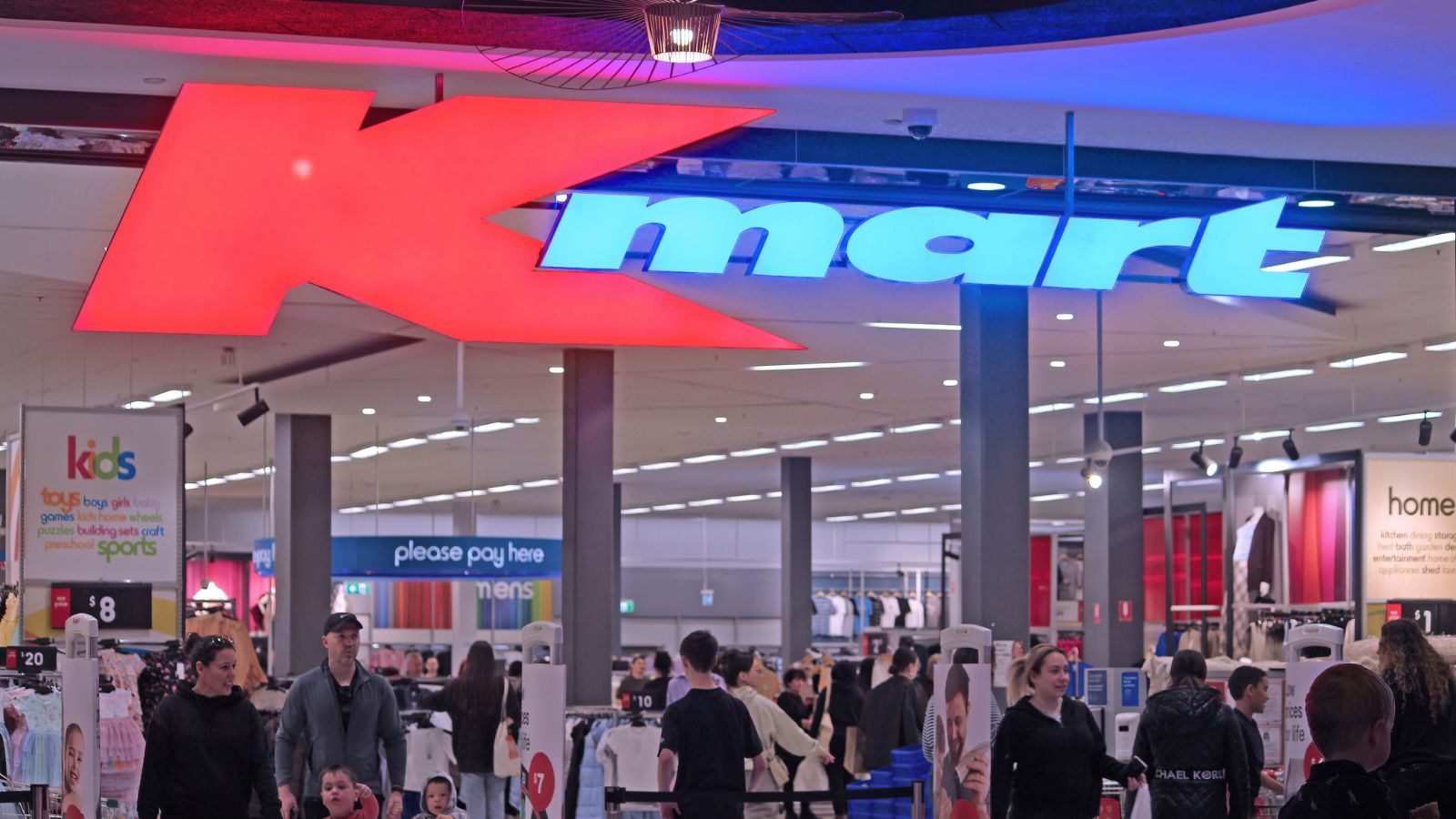
Kmart’s failure in Canada predates many modern retail collapses. The chain arrived in the 1960s but struggled to stand out among Canadian staples like Zellers and Woolco. Its stores were dated, its product lines uninspired, and its pricing inconsistent. After years of weak sales, the company pulled out in the late 1990s, selling its remaining stores to Zellers. Ironically, both Zellers and Kmart would later be replaced by Target, another failure in waiting. Kmart’s retreat demonstrated that simply being a known U.S. name doesn’t translate to success without localized strategy or meaningful differentiation.
J.C. Penney
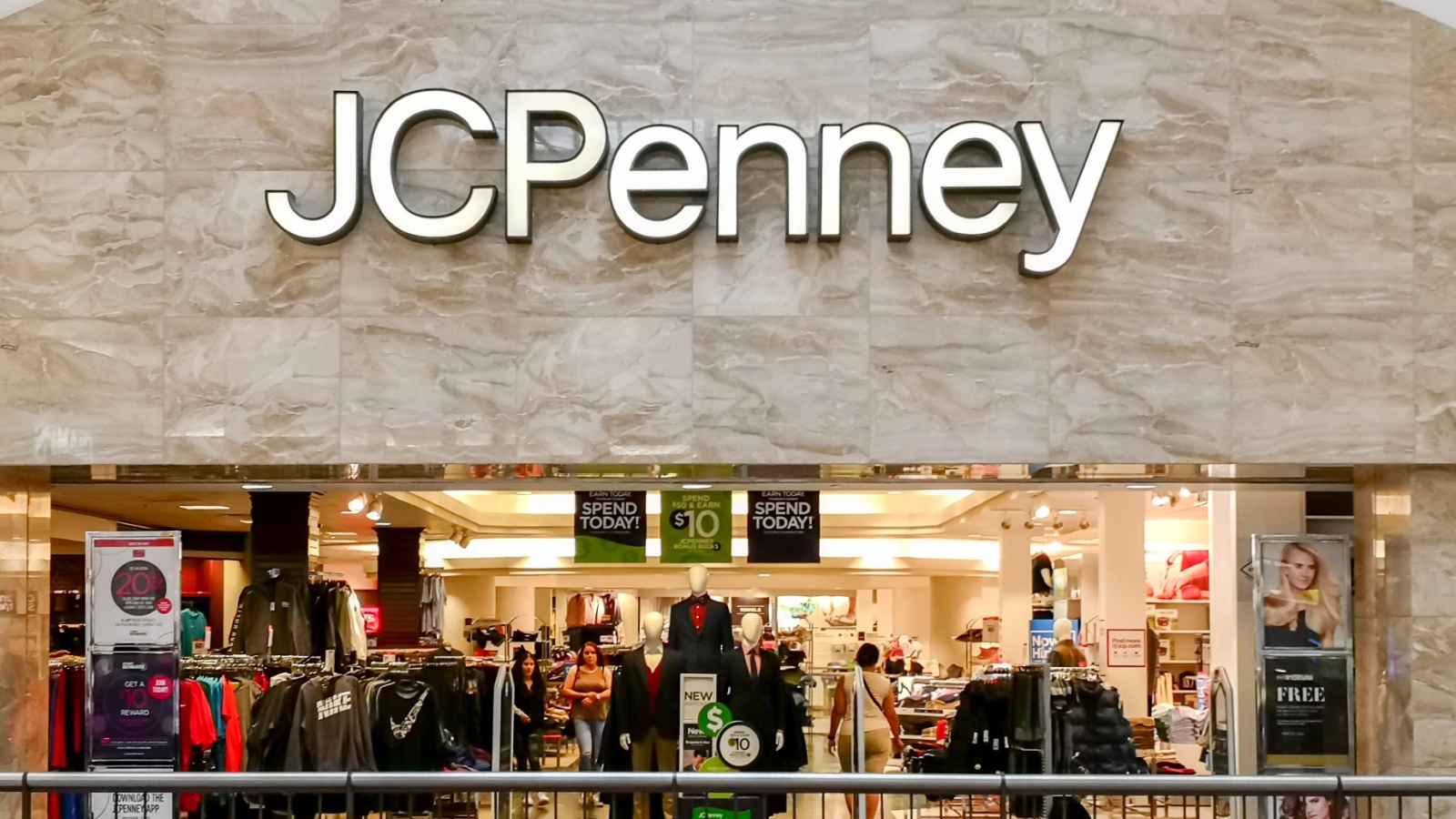
J.C. Penney’s brief Canadian run in the early 2000s failed to leave any real mark. Its attempt to woo middle-income families fell flat in a market already saturated with options like The Bay and Walmart. The chain underestimated the power of Canadian loyalty programs and overestimated its brand recognition north of the border. Shoppers found its pricing neither cheap enough for bargains nor premium enough for quality. Without strong localization or appealing exclusives, J.C. Penney quietly withdrew, leaving little more than clearance racks and a lesson in cultural miscalculation.
Chili’s
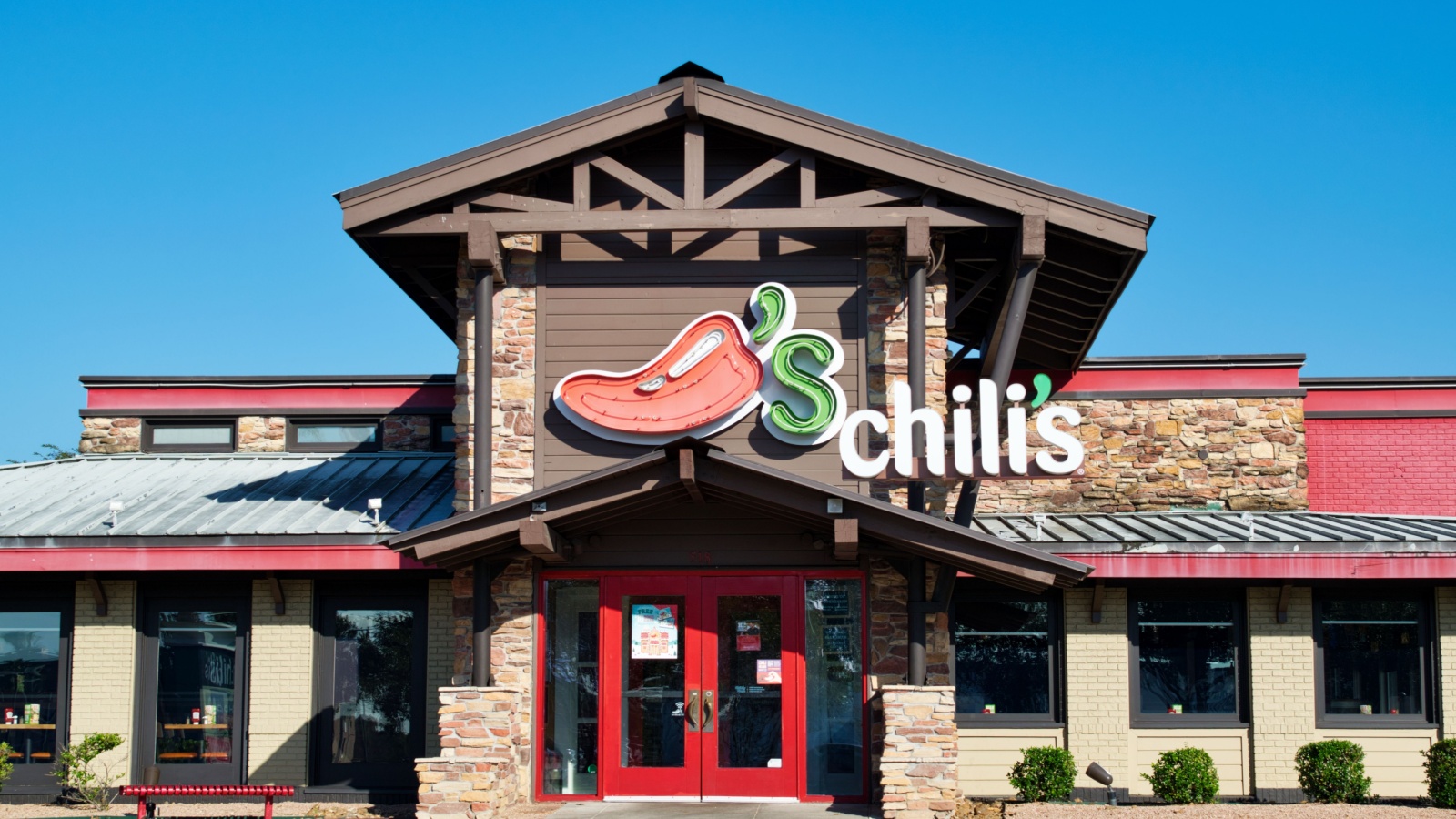
When Chili’s expanded into Canada, it hoped its Tex-Mex menu would attract fans of casual dining. But the market was already crowded with options like Montana’s, Kelsey’s, and local pub chains that felt more “Canadian.” Chili’s portions and prices didn’t appeal to families looking for affordable dining, and its branding didn’t resonate in smaller cities. By the mid-2010s, most Canadian locations had shut down. Its exit showed that even comfort food needs cultural context, and that “American-style” doesn’t always sell when your neighbour’s version already does it better.
Dunkin’ Donuts
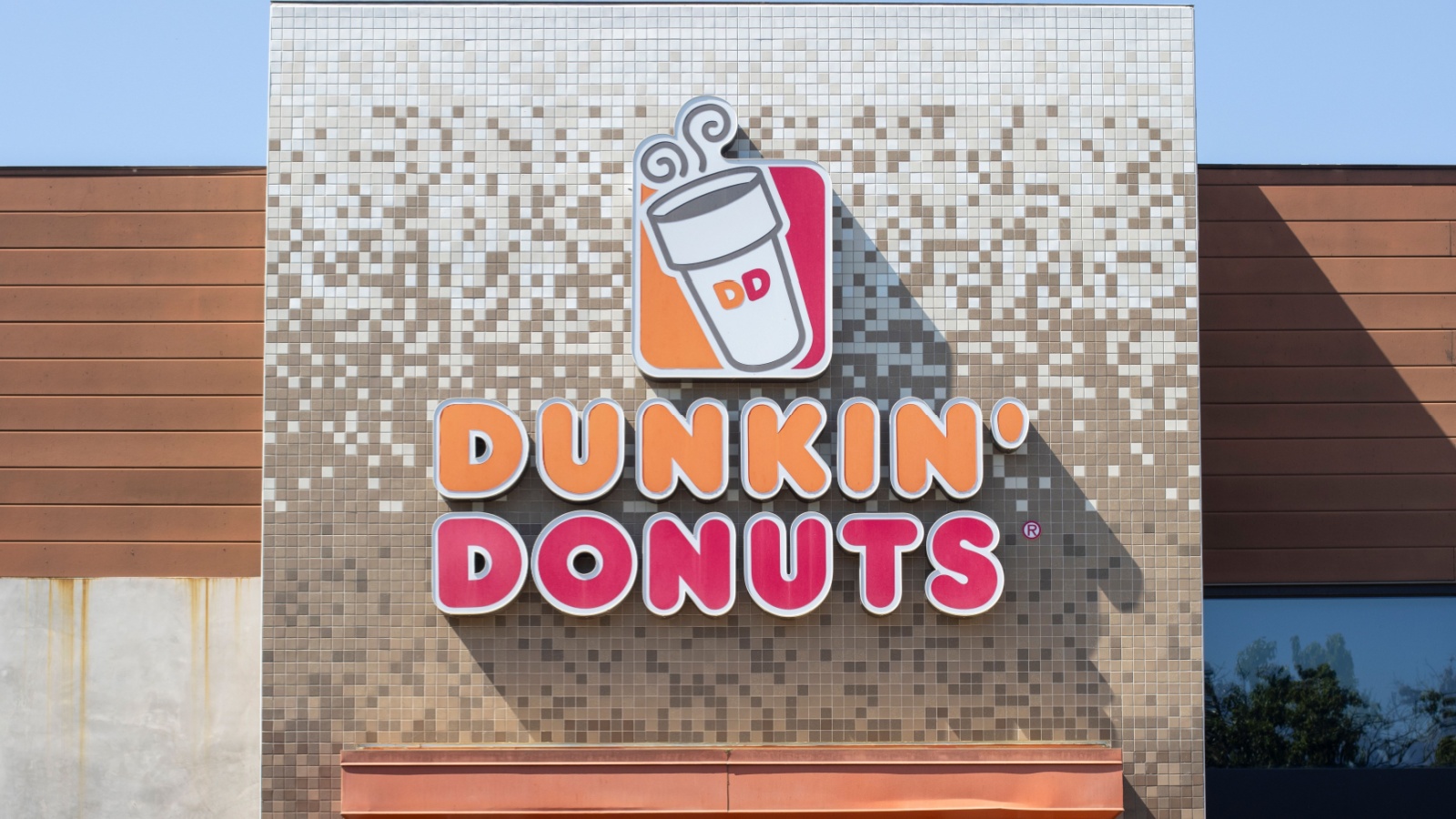
Despite its global reputation, Dunkin’ Donuts couldn’t outdo the national loyalty Canadians have for Tim Hortons. While the brand tried to gain traction in Quebec and parts of Ontario, it struggled with inconsistent product quality, weak marketing, and stale stores. Canadians preferred Tim’s fresher branding, affordable prices, and national pride factor. Dunkin’s final blow came in 2018 when its last remaining locations in Quebec closed. It remains a classic case of underestimating how emotionally attached Canadians are to their coffee rituals, and how impossible it is to dethrone a cultural icon with an orange logo.
RadioShack
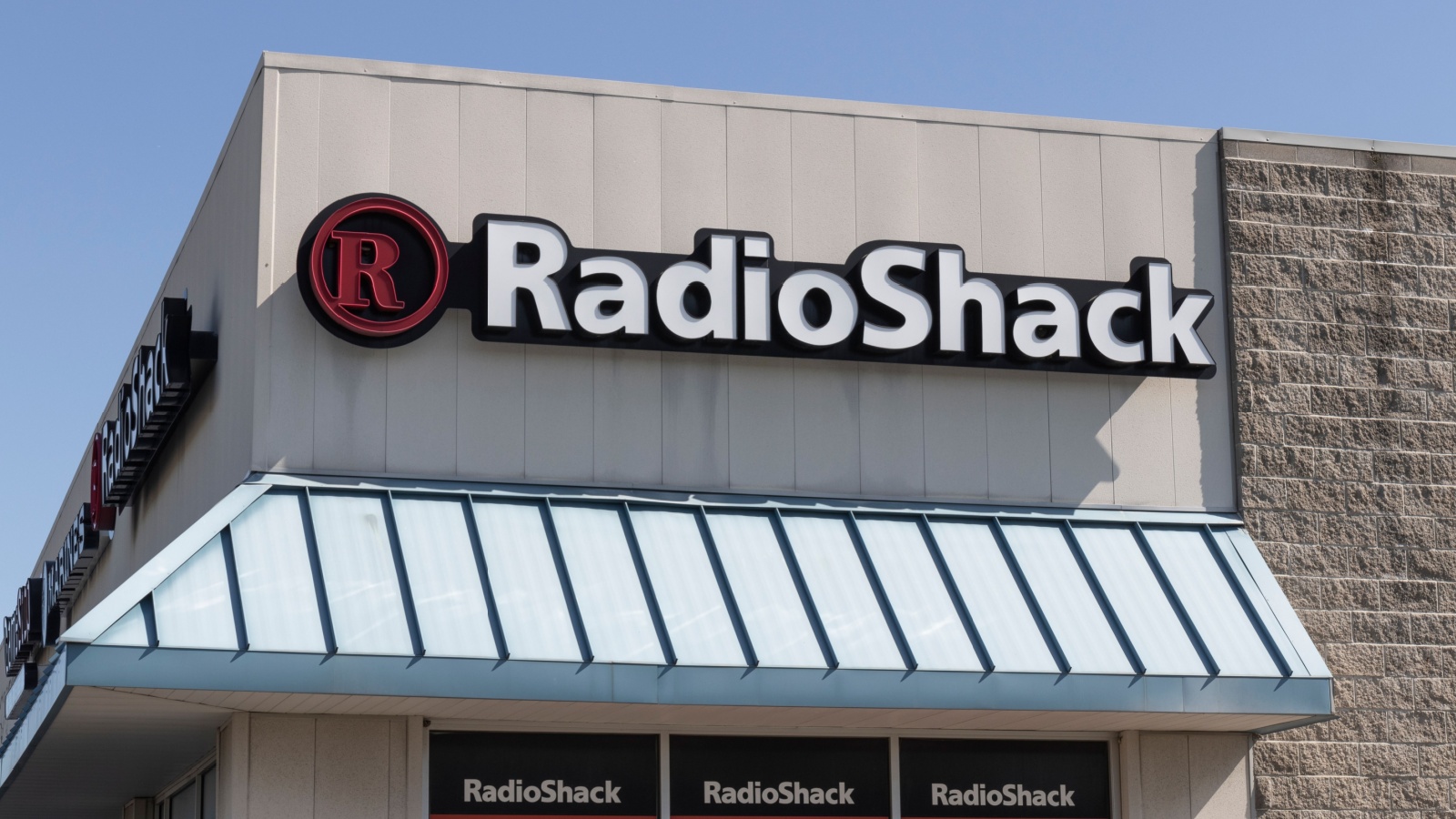
RadioShack’s expansion into Canada started strong in the 1980s but fell apart as technology evolved. Its business model of selling small electronics and cables couldn’t survive the rise of big-box competitors and online shopping. A messy legal battle with its Canadian partner, InterTAN, forced a rebrand into “The Source by Circuit City.” While The Source survives in name, RadioShack’s essence, its tinkerer-friendly identity, was lost. Its downfall proved that tech retail requires constant evolution, something the American parent failed to support effectively from afar.
Krispy Kreme
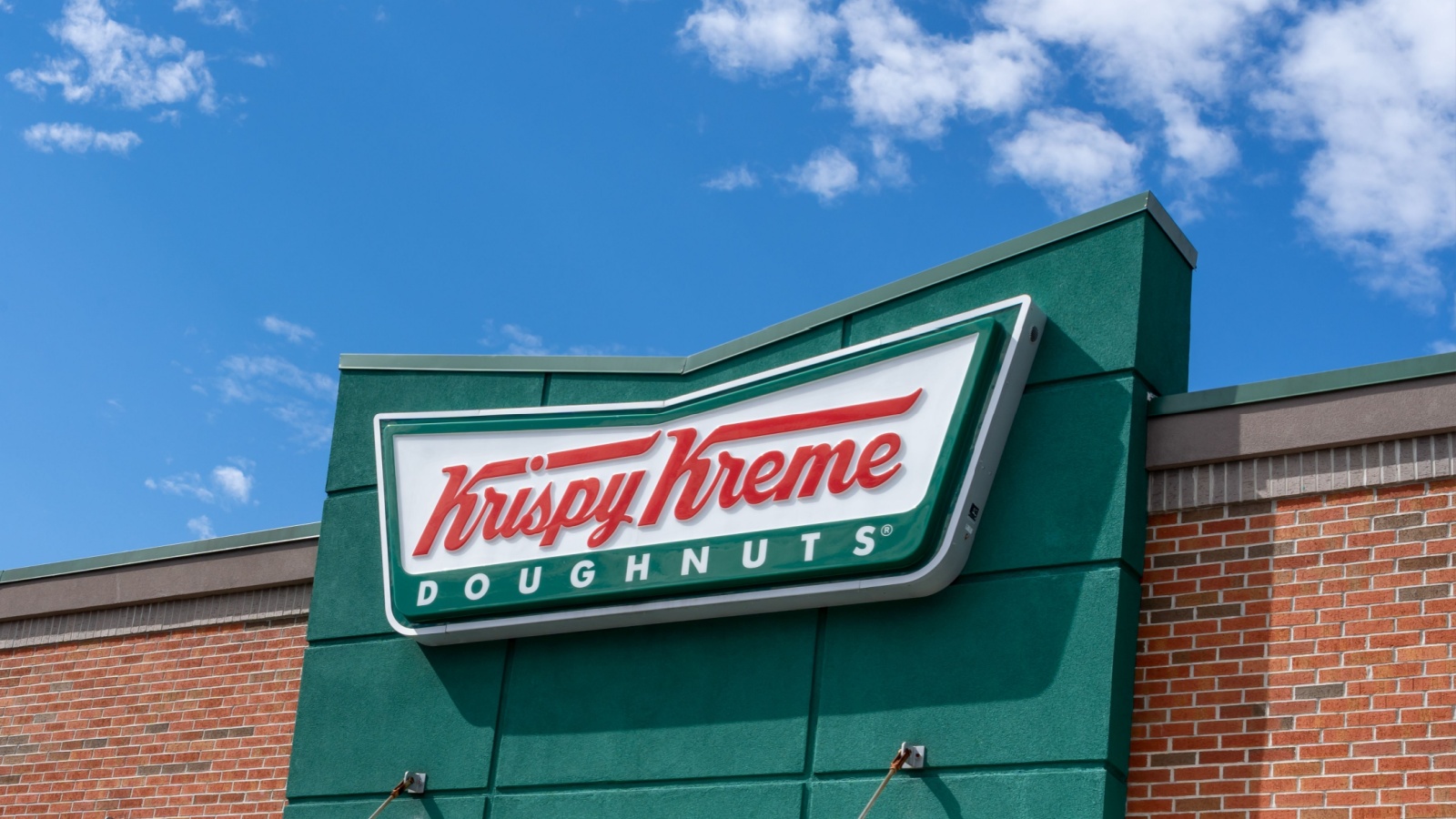
Krispy Kreme’s Canadian debut in 2001 created massive buzz, with lines around the block for its warm, glazed doughnuts. But the hype didn’t last. Franchise mismanagement, overexpansion, and pricing issues led to closures within a few years. Unlike in the U.S., Canadians don’t typically buy doughnuts by the dozen or indulge daily, making the business model unsustainable. Competing against Tim Hortons only added pressure. Today, a few locations remain, but the brand’s early stumble proved that novelty alone can’t carry a company in a price-sensitive, health-conscious market.
Starbucks Evenings

While Starbucks itself thrives, its “Starbucks Evenings” experiment, serving wine and tapas, was a Canadian flop. Introduced in select Toronto and Ottawa stores, it tried to transform the coffee shop into a wine bar. But the concept clashed with Canadian drinking culture and licensing complexities. Consumers found it overpriced and awkward: too casual for a bar, too fancy for a café. By 2017, the program was quietly scrapped. It showed that even strong brands can overestimate how far customers will follow them outside their comfort zone, or coffee cup.
Chuck E. Cheese
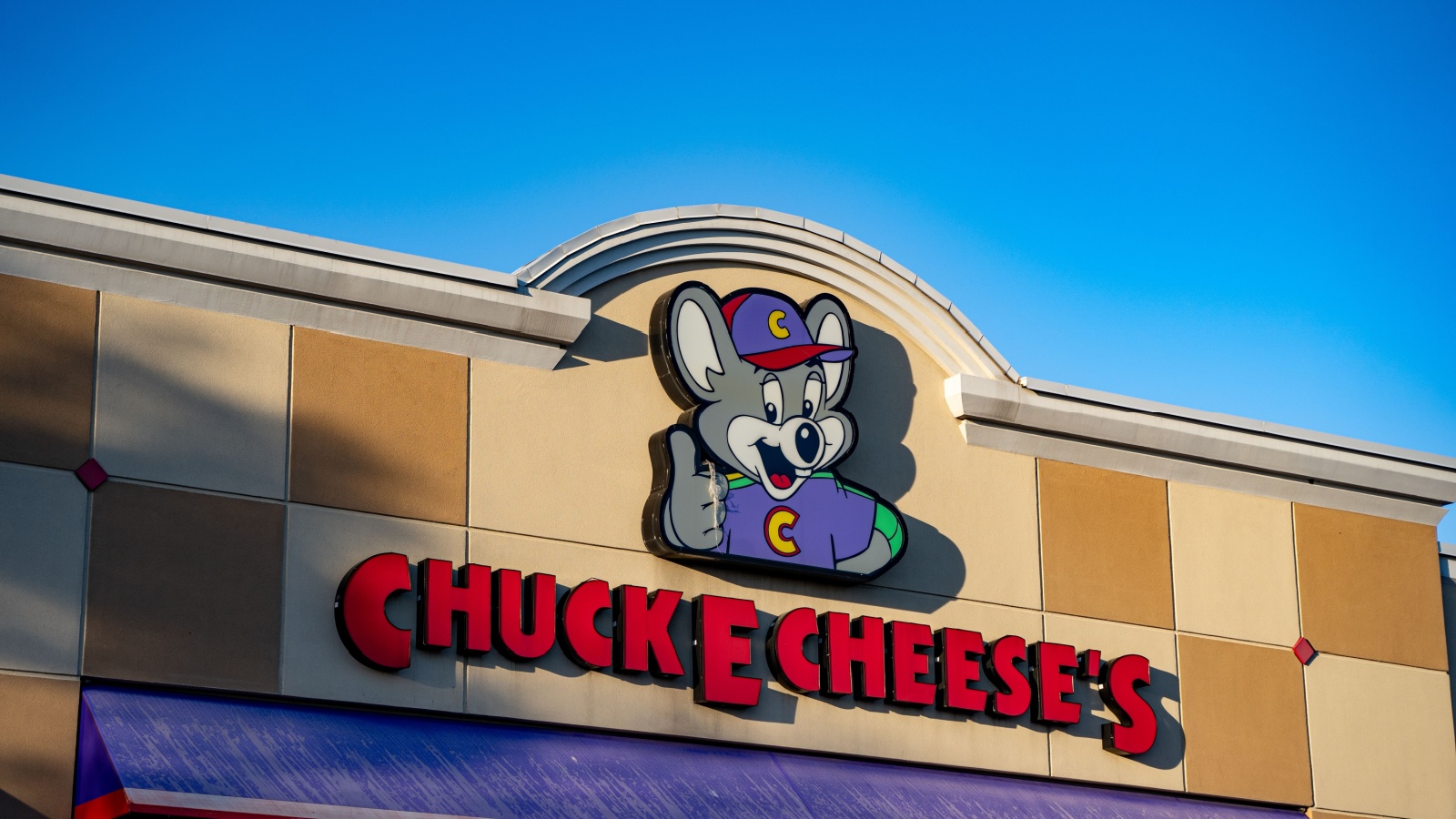
Chuck E. Cheese opened across Canadian cities in the 1990s but never replicated its American success. High operating costs, smaller cities, and tighter regulations around family entertainment limited its growth. Parents found local play centers more convenient and less overwhelming, while their food and token-based games felt outdated. The chain held on for decades but eventually shuttered most locations after bankruptcy filings in 2020. Its cartoon mascot may have charmed American kids, but Canadian families preferred more modern, locally run alternatives.
Office Depot
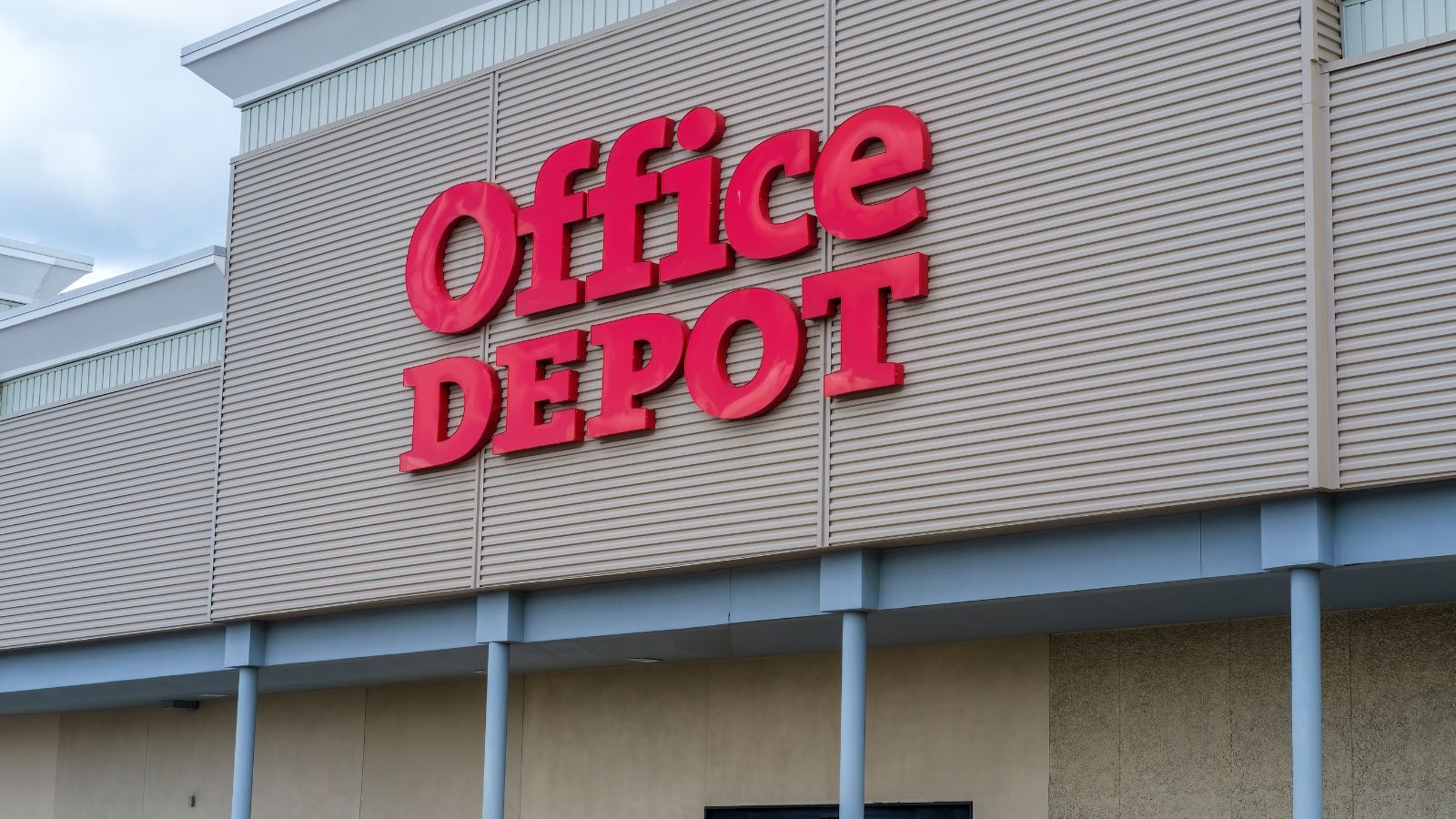
Office Depot entered the Canadian market, hoping to compete with Staples, but the timing was terrible. Staples had already established itself as the go-to office supplier, and Office Depot brought little new to the table. Its stores looked nearly identical, its prices weren’t competitive, and it lacked partnerships with Canadian businesses. Within a few years, it closed most locations. The failure underlined how brand familiarity doesn’t matter when customers already have a cheaper, better-known alternative that meets their needs.
Big Boy Restaurants
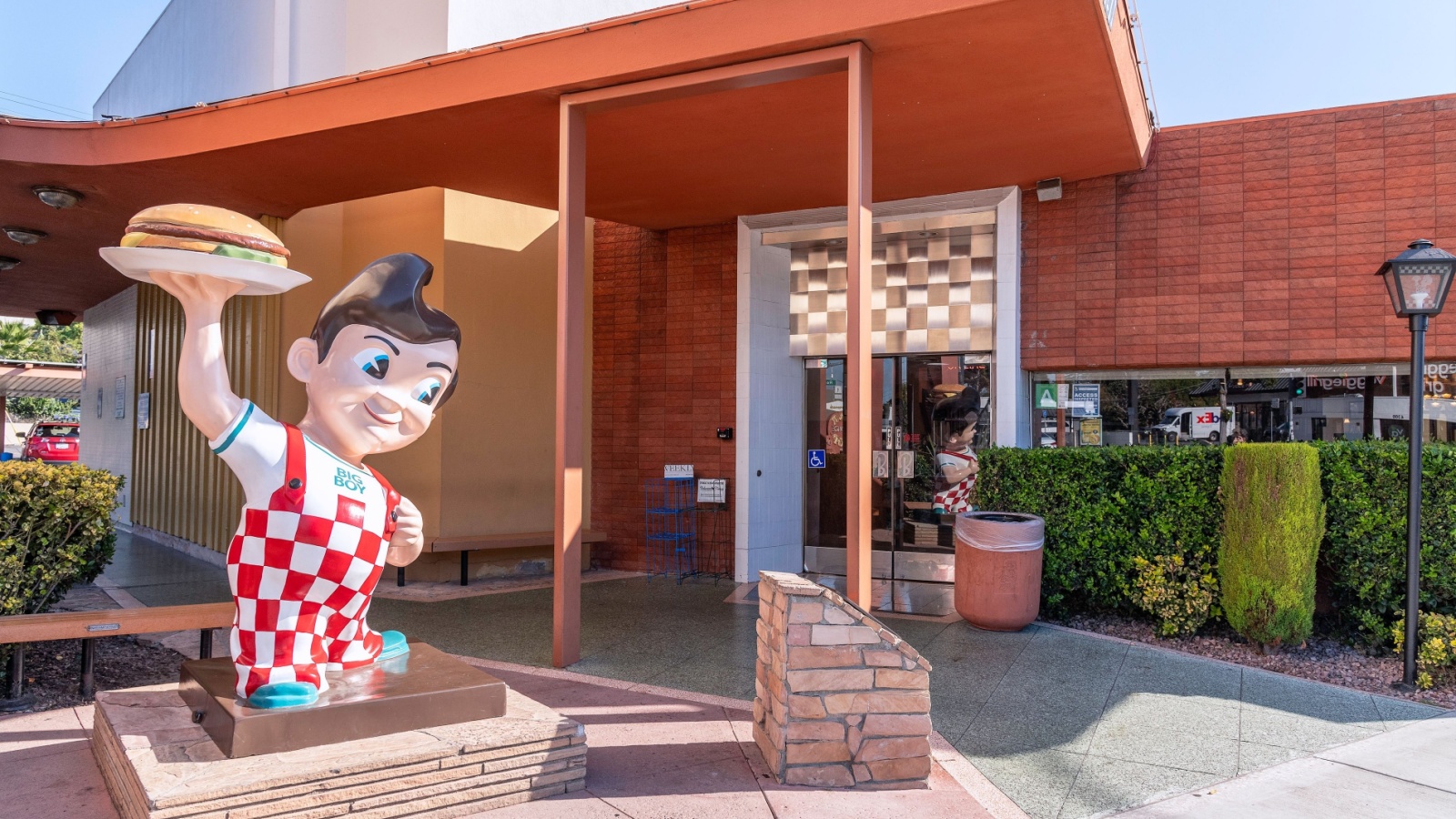
Big Boy, the American diner chain famous for its burgers and mascot statue, once had a few Canadian outposts but couldn’t survive the competition. Its menu failed to stand out among already popular local diners and fast-food chains. Rising costs, limited advertising, and an outdated image sealed its fate. By the late 1980s, Big Boy had vanished from the Canadian map. Nostalgia wasn’t enough to compete with the changing tastes of Canadians who increasingly preferred fresher, faster, and trendier dining experiences.
Bath & Body Works (Early Entry)
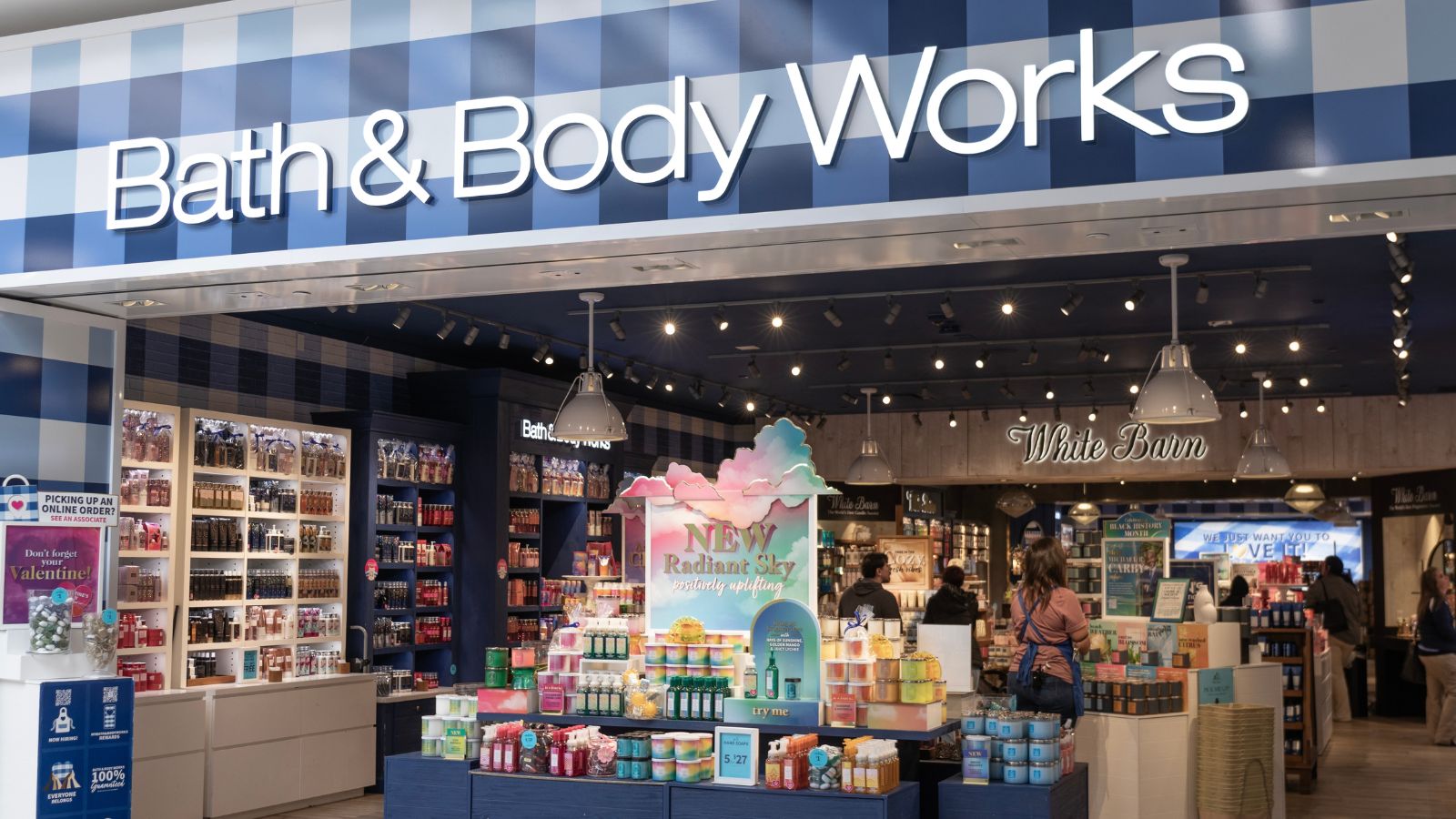
Before its successful reintroduction under L Brands, Bath & Body Works had an early, ill-fated entry into Canada in the 1990s. Its first stores struggled with pricing and inconsistent supply. The scents that dominated U.S. malls didn’t catch on right away, and high import costs made products too expensive. It eventually withdrew before returning years later with improved logistics and localized pricing. The first attempt remains an example of how even popular mall brands need to understand taxes, shipping, and consumer preferences before committing to expansion.
Wendy’s / Tim Hortons Merger
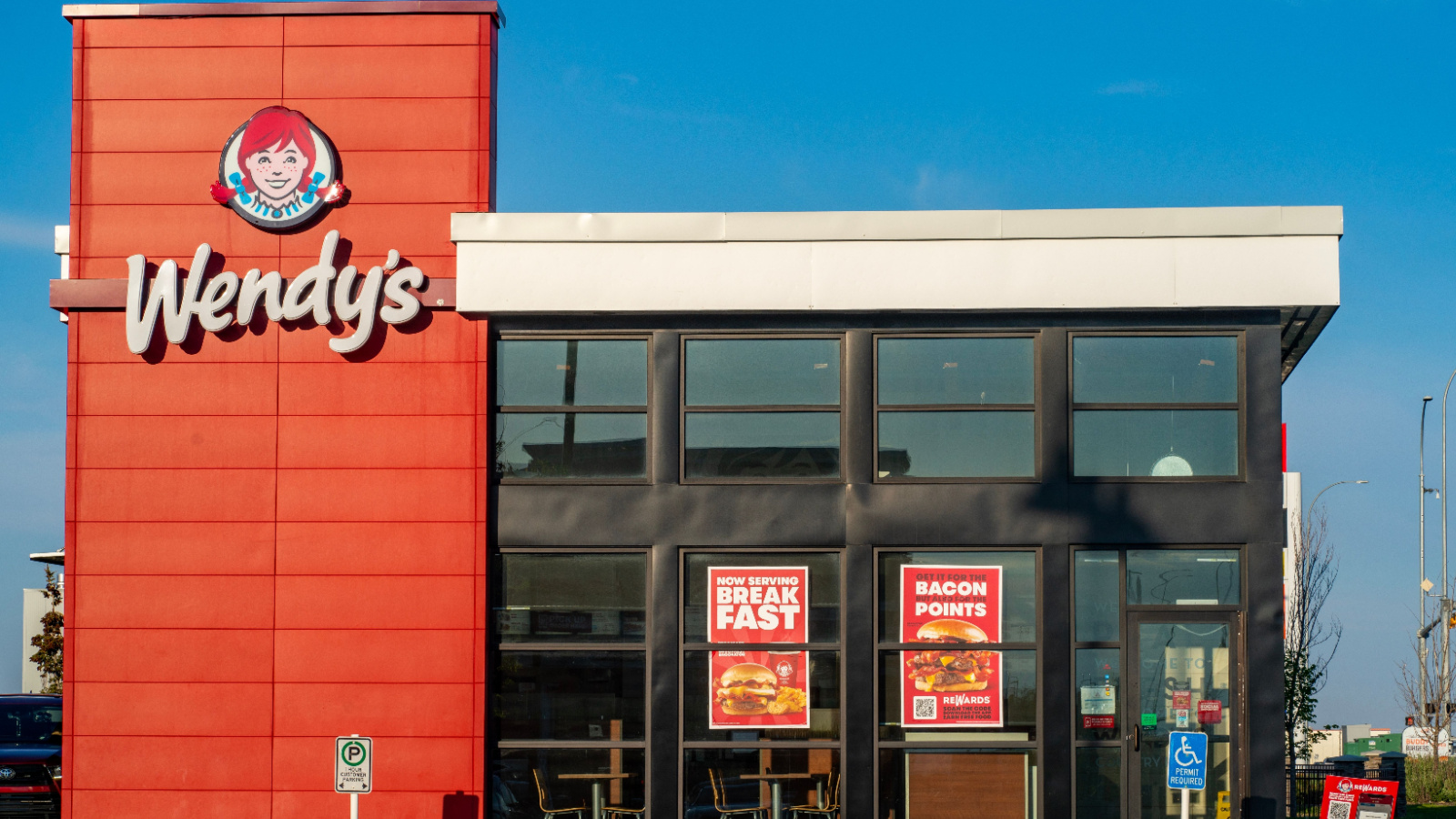
In 1995, Wendy’s bought Tim Hortons in a bold move to combine burgers and coffee under one corporate umbrella. The idea sounded strategic, but operational clashes quickly appeared. Canadian franchisees disliked being controlled from the U.S., and Wendy’s didn’t fully grasp the cultural weight of the Tim Hortons brand. The partnership ended in 2006, and both brands went their separate ways. While Wendy’s survived on its own, the merger showed that Canadian identity in business can’t be packaged and franchised from Ohio headquarters.
Blockbuster
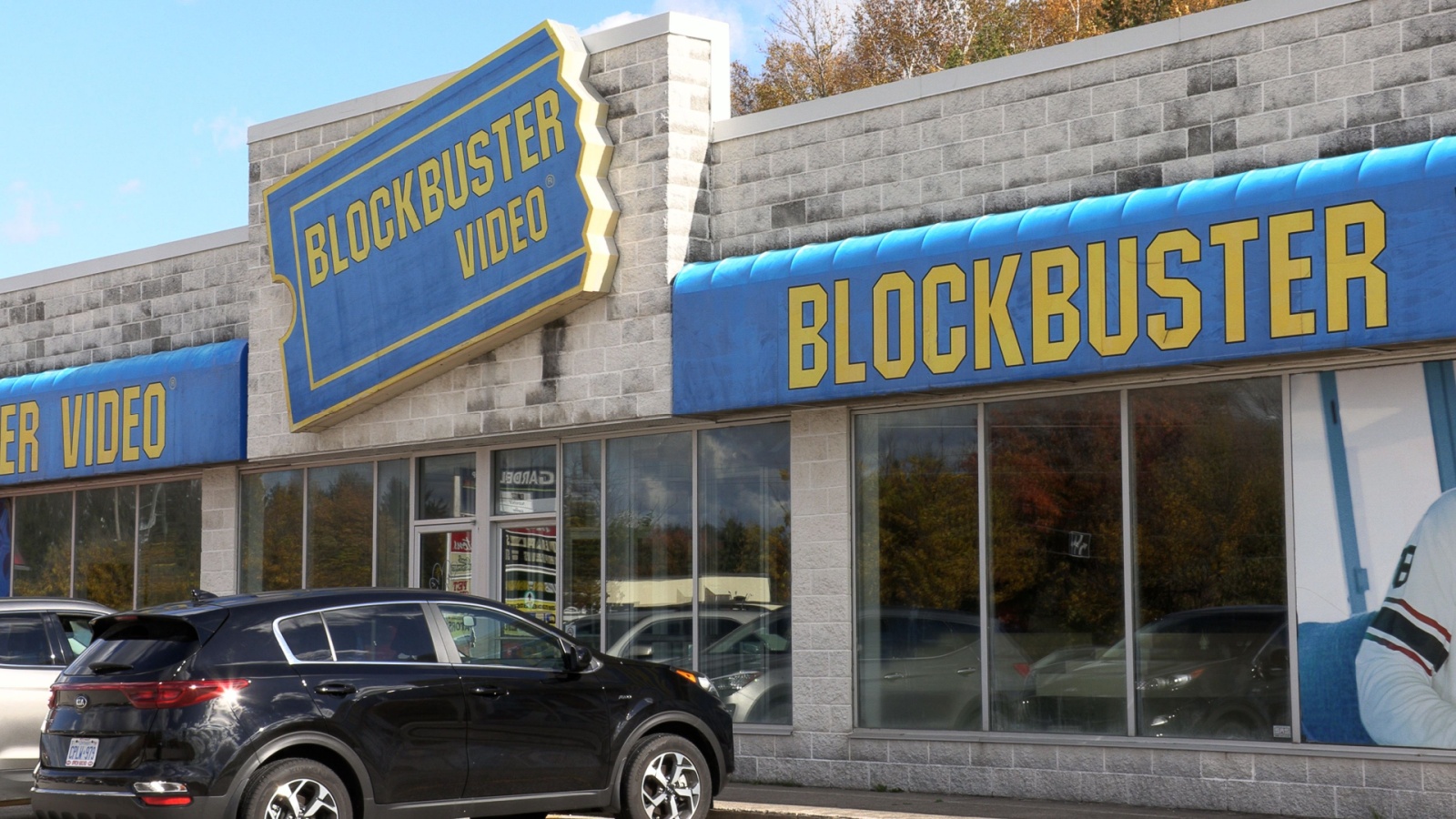
Blockbuster reigned supreme in the U.S., but streaming arrived faster than it could adapt. In Canada, it collapsed even earlier due to higher rental prices and competition from Rogers Video and online options. When the American parent filed for bankruptcy in 2010, its Canadian arm tried to stay afloat but couldn’t sustain operations without financial backing. Within a year, all stores were gone. Ironically, Canadians now reminisce about Blockbuster nights, but few miss paying $6 for a scratched DVD. Its failure marked the turning point in how Canadians consumed entertainment.
Quiznos
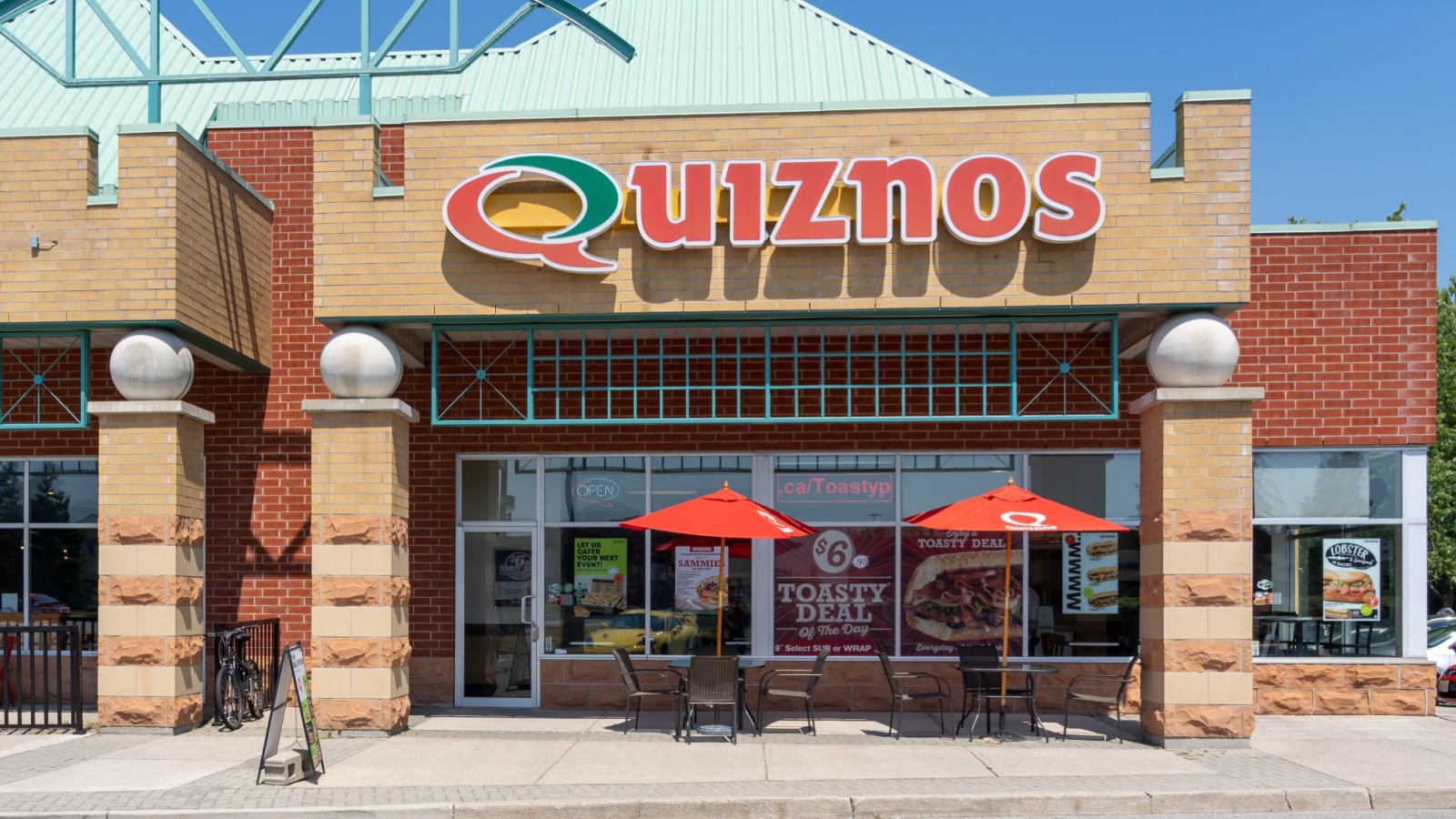
Quiznos’ toasted subs once felt fresh and exciting, but rapid overexpansion in both the U.S. and Canada led to franchisee frustration. High fees, rising food costs, and shrinking margins drove many Canadian operators out of business. Customers saw little reason to choose Quiznos over Subway or local sandwich shops. By the late 2010s, only a handful of locations remained. The brand’s inability to adapt to changing eating habits and its one-dimensional menu sealed its fate north of the border.
Pier 1 Imports
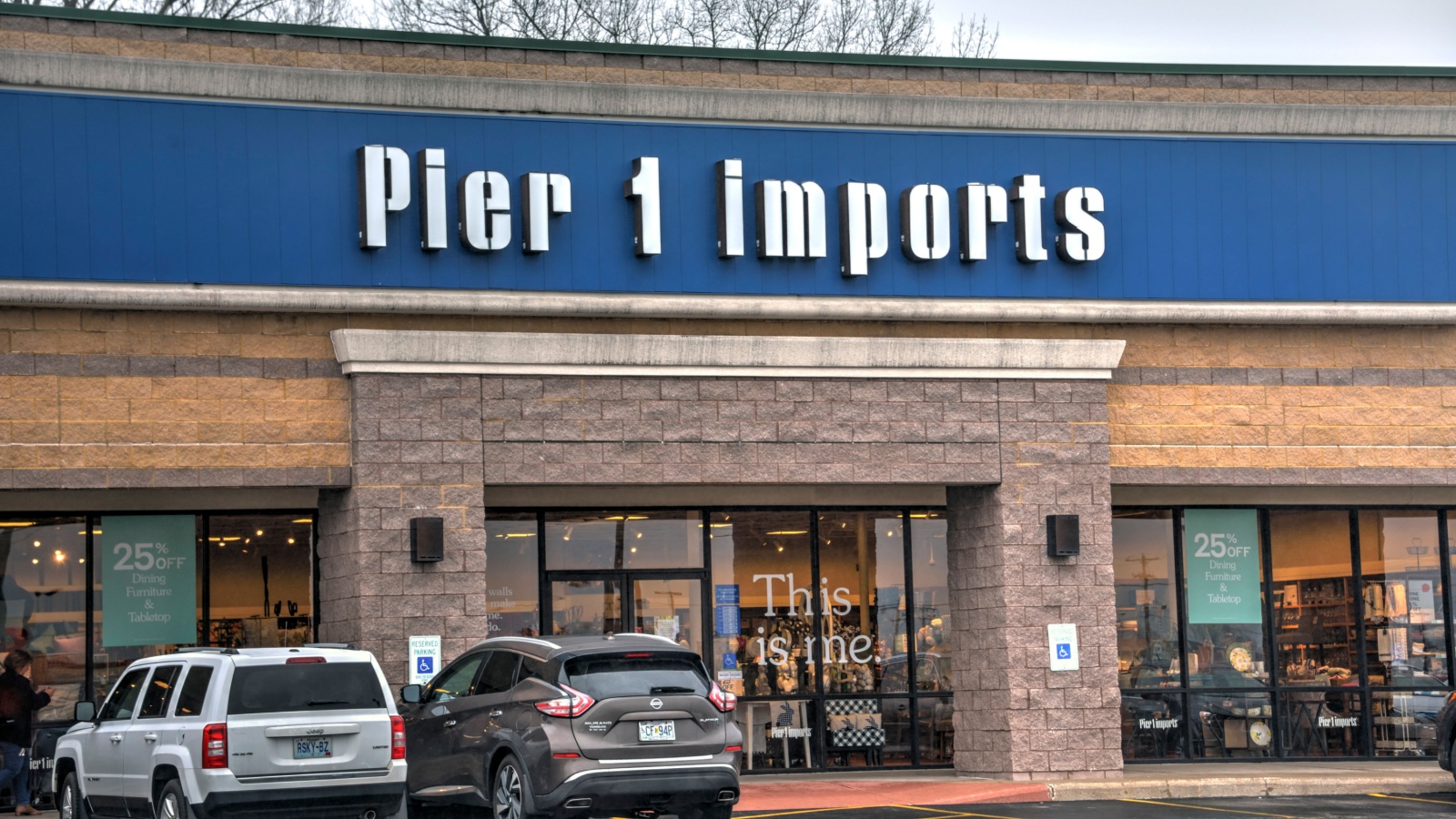
Pier 1 Imports carved a niche selling bohemian home décor, but by the 2010s, the trend had passed. Canadians turned to IKEA, HomeSense, and online retailers for cheaper and faster design inspiration. Pier 1’s high prices, limited online presence, and slow inventory turnover led to closures by 2020. While its stores looked pretty, they didn’t reflect how Canadians actually shopped: Practical, deal-driven, and space-conscious. The company’s downfall showed that retail aesthetics mean little when e-commerce and value dominate.
Toys “R” Us (U.S. Parent Bankruptcy)
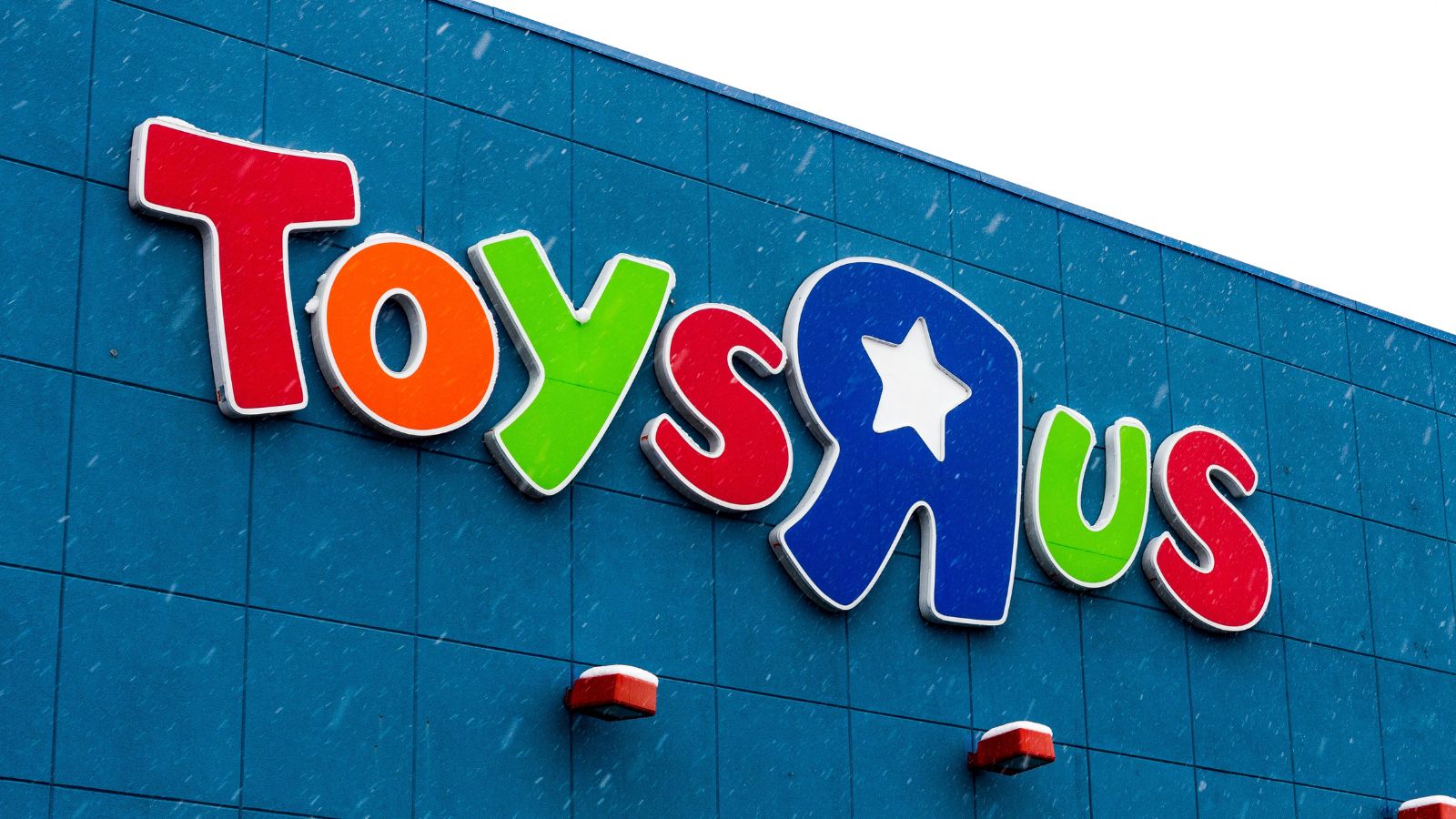
Though Toys “R” Us Canada was profitable, its fate was tied to the U.S. parent company’s massive debt. When the American arm declared bankruptcy in 2017, it dragged the Canadian division into uncertainty. Investors eventually rescued it, but the brand’s presence shrank dramatically. Poor management and excessive borrowing south of the border hurt even a healthy Canadian business. It’s a reminder that corporate decisions in one country can ripple across borders, especially when those decisions ignore what actually works locally.
21 Products Canadians Should Stockpile Before Tariffs Hit

If trade tensions escalate between Canada and the U.S., everyday essentials can suddenly disappear or skyrocket in price. Products like pantry basics and tech must-haves that depend on are deeply tied to cross-border supply chains and are likely to face various kinds of disruptions
21 Products Canadians Should Stockpile Before Tariffs Hit
